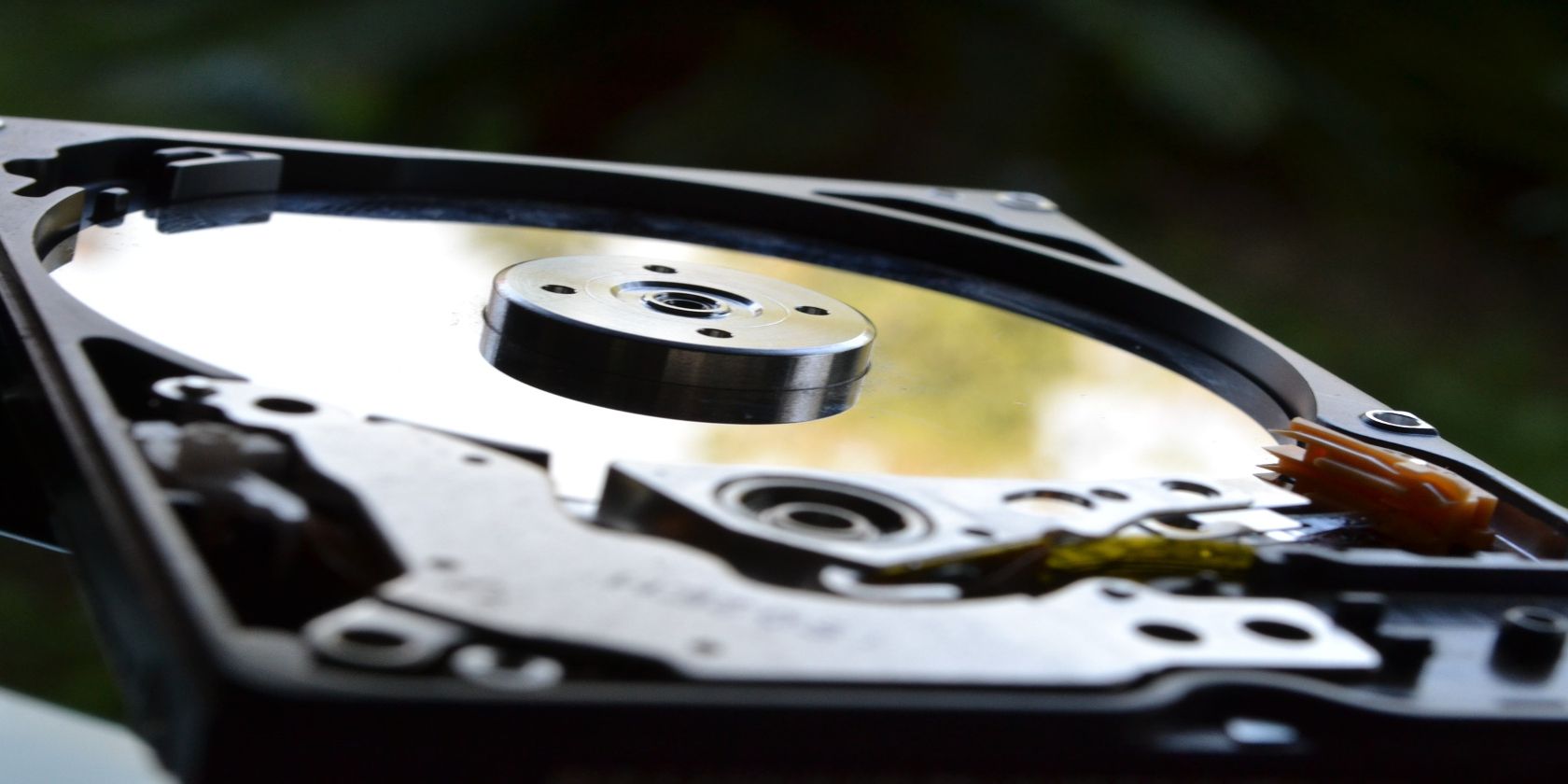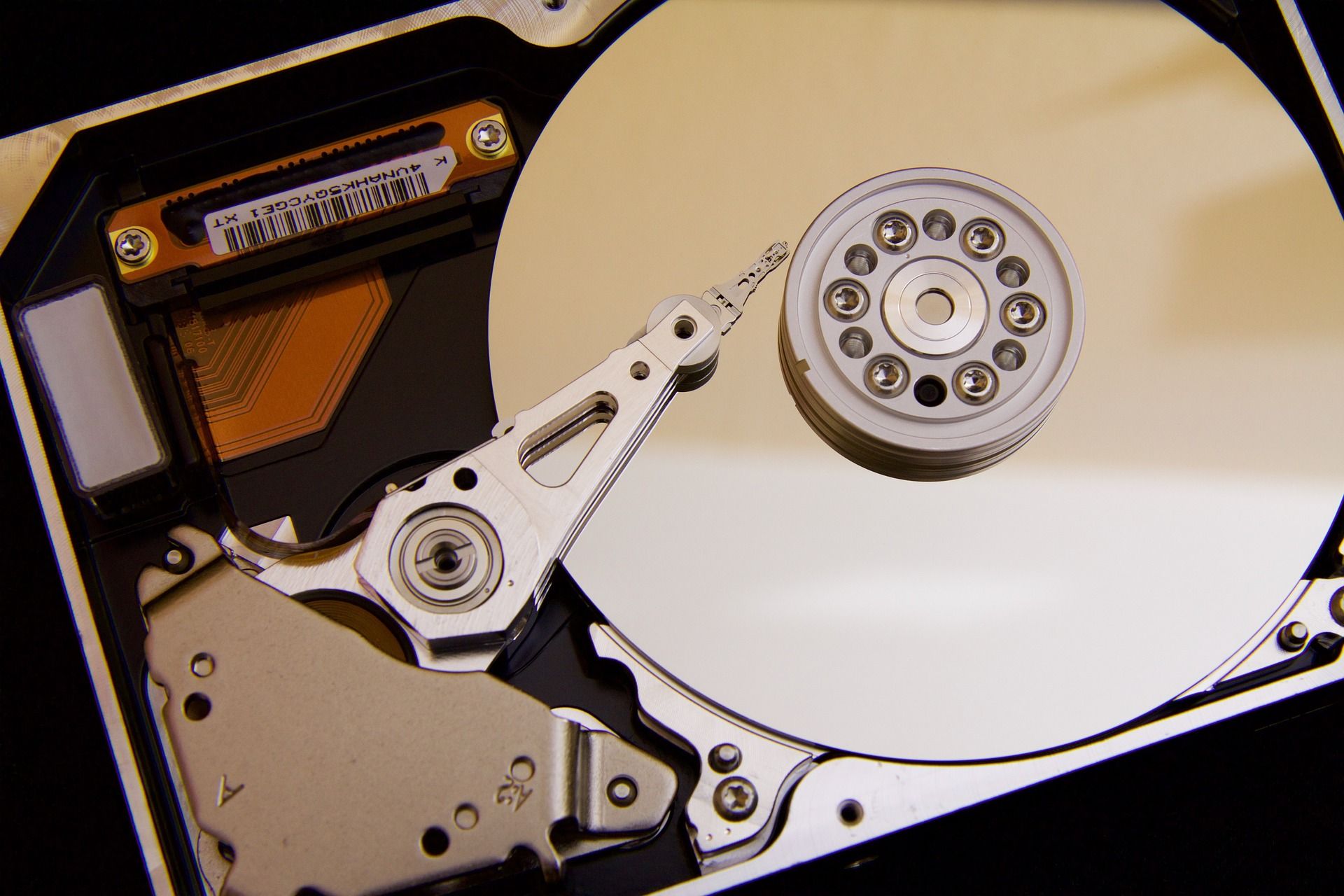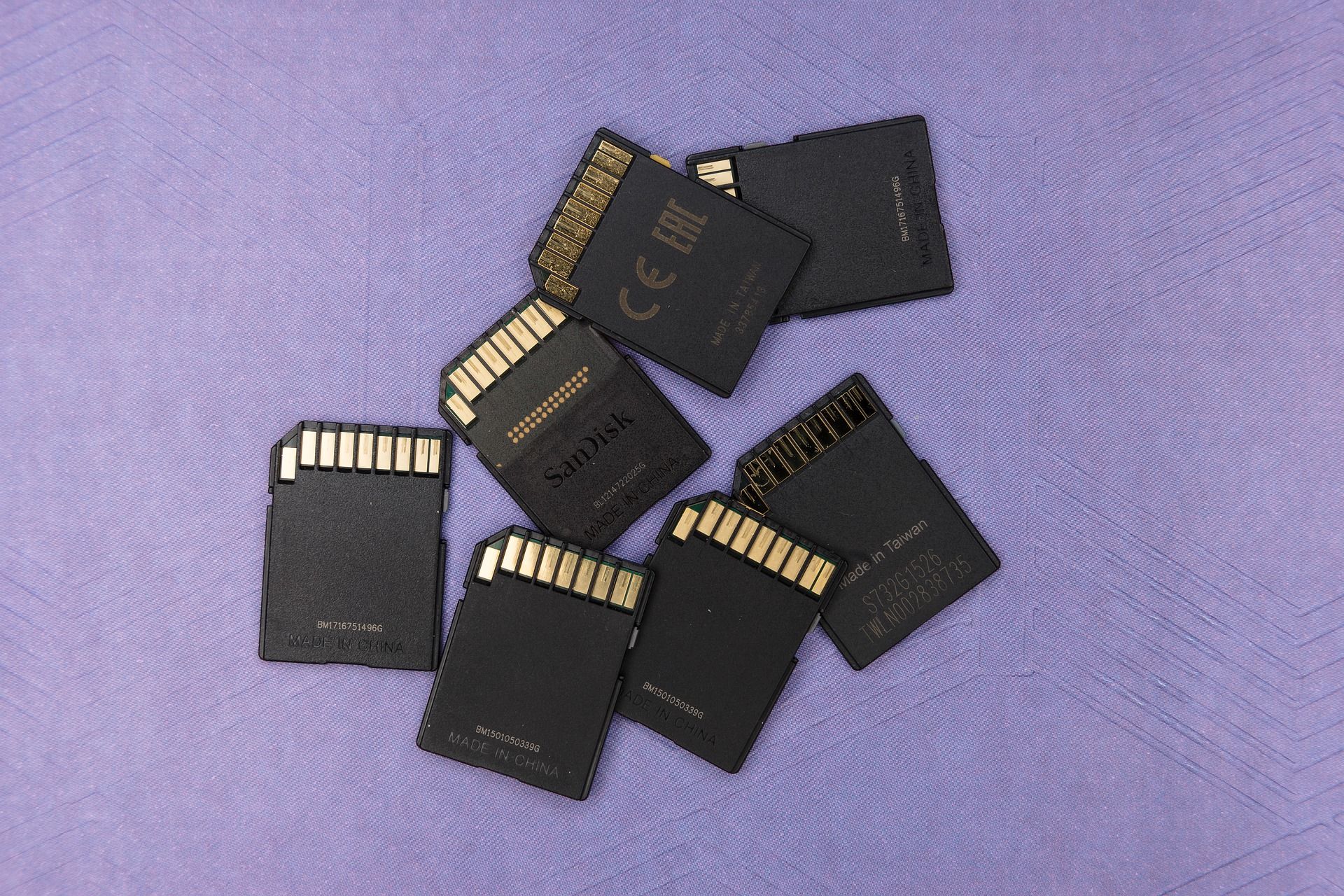Whether it's on a computer, a phone, a hard drive, or an SD card, computer storage helps us keep track of the data that we create. There's a long history of change and development with computer storage, and each step paved the way for what we have today. But how did computer storage come about?
The Late 1800s: Wire Recording and The Telegraphone
In the late 1800s, while the phonograph was all the rage, American mathematical engineer Oberlin Smith came up with the idea of using magnetism as a means of recording sound. He proposed that the sound could be recorded and stored on a thin wire.
It wasn't until the 1890s that the world got an actual device that demonstrated this concept. It was called the telegraphone, and it became an important part of computer storage history.
The sound would go into a microphone and get converted into an electrical current. That current travels to the recording head. An extremely thin metal wire is pulled along a recording head. As the wire runs along with the recording head, tiny sections of it get exposed to the current from the microphone. The magnetism of the sections would remain consistent throughout the years.
1928: Magnetic Tape Recording
In 1928, German inventor Fritz Pfleumer came up with the magnetic tape method of storing audio. However, the original magnetic tape was actually made of paper. The paper was eventually replaced with acetate plastic.
The tape was covered in iron oxide (rust, basically). When the tape would run across the recording head, certain bits of the iron oxide would get magnetized. While magnetic tape was exclusively used for recording audio, computer companies in the early 1950s realized they could use them for data storage.
Enter Eckert-Mauchly in 1951 with their UNIVAC I, the first computer to use magnetic tape as a means of data storage. This device used a large magnetic tape drive called the UNISERVO I. This drive is massive compared to modern-day storage devices, standing between 5 and 6 feet tall. It could store up to 1200 feet of magnetic tape.
1951: Magnetic Core Memory
Magnetic core memory came along around 1951 and was first utilized in MIT's Whirlwind flight simulator. It's hard pinpointing a singular inventor responsible for this technology. Between the late 40s and the early 50s, several scientists, including Jay Forrester, An Wang, Frederick Veihe, and Jan Racjchmam, file patents for similar technologies.
Magnetic core memory operates very differently from magnetic tape memory. An array of magnetic rings are connected with a grid of wires. Each ring represents one bit of memory, with the ring representing a 1 if magnetized one way and a 0 if magnetized the other.
1956: Hard Disks
The next step in the evolution of computer storage is the advent of the hard disk. On September 14th, 1956, IBM introduced the 305 RAMAC (Random Access Method of Accounting and Control), which employs the same principles for magnetic storage as with the tape.
Disk storage was better than tape storage because, with disk storage, you could access data non-sequentially. With tape memory, you had to access data in a specific order (imagine looking through a cassette tape for a certain movie). Instead, disk memory allows you to randomly access the information you need (much like a DVD).
The 305 RAMAC drives were much bigger than the first tape drives, in every sense. They were as tall as refrigerators and three times as wide. Each drive had several disks stacked vertically, which could contain data. IBM touted that each disk could hold up to 5 million 6-bit characters (roughly 3.75MB).
1971: Floppy Disks
In 1971, IBM introduced another revolution in computers, the floppy disk. Just like magnetic disks, floppy disks store data by having it magnetically imprinted. They were small disks that were made of mylar, which is why they were so floppy.
The first floppy disks to hit the market were eight inches in diameter and could hold about 80KB of data. That's not a lot of data by any means, but it was enough to load software and instructions into computers. Before that point, computers relied on inputting data via physical punch cards.
The next standard floppy disk size was 5.25 inches, which could hold 100KB of data. Then, in 1977, Apple released the Apple II PC, which came with two 5.25-inch floppy drives, causing an explosion in the floppy disk market.
With the advent of floppy disks, PC users could load operating systems and software onto their computers. Accessing the data was a lot faster than using cassette data (a much smaller version of magnetic tape storage).
In the 90s, the 3.5-inch floppy disk became the go-to format for PC users. Though it was a smaller size, it held exponentially more data (around 1.4MB). Floppy disks remained the main means of portable computer storage until the early 2000s, when flash drives took over the market.
The Early 2000s: Flash/Solid State Storage
Flash memory came along in 1984 when Fujio Masuoka developed a means of saving data that was non-volatile and had no moving parts. He was working at Toshiba at the time. It was an electrically erasable programable read-only memory (EEPROM), and the entire storage could be erased in a flash. Shoji Ariizumi, a colleague of Masuoka, compared the erasure process to the flash of a camera, thus coining the term flash memory.
After this new idea was presented to the IEEE (Institute of Electrical and Electronics Engineers), Toshiba and Masuoka got to work designing a chip. Intel, inspired by Masuoka's development, started developing its own form of flash memory. Very quickly, other companies started developing their own version of flash memory.
Throughout the 90s, the flash memory industry exploded. In 1991, SanDisk sold the first SSD for computer data storage, with a 20MB capacity. Then, in 1997, the first cellphone to use flash memory was introduced. By that year, the flash memory industry was worth more than $2 billion, rising to over $20 billion by 2006.
Now, there are many forms of flash memory like flash drives, SD cards, Nintendo Switch game cartridges, and so on.
Cloud Storage
Cloud storage is the most modern means of mass storage, but it has its roots back in the 1960s. The father of cloud storage is a man named J.C.R Licklider, who created the Advanced Research Projects Network (ARPNET). This was a way for computers to share resources through a network.
In the early 80s, Compuserve offered what's closer to modern cloud storage. It offered 128KB of storage to customers to store information. AT&T launched a similar plan in 1994. From that point, cloud storage expanded in size and scope, with companies like IBM and Microsoft launching cloud storage products.
Today, people are pushing the boundaries with what's possible with cloud storage. For example, Google's Stadia is a cloud gaming service where the game is rendered in the cloud and streamed to compatible devices, while Microsoft is developing Windows 365 Cloud, a service that will process an entire operating system in the cloud and stream it to devices.
A History Written In Binary
Back in the late 1880s, no one knew what was in store when the first wire recordings were being played. Nowadays, most of our lives exist either as magnetized lines on a hard drive or electrons in an SSD. It's tough to imagine a world where computer storage doesn't exist.



